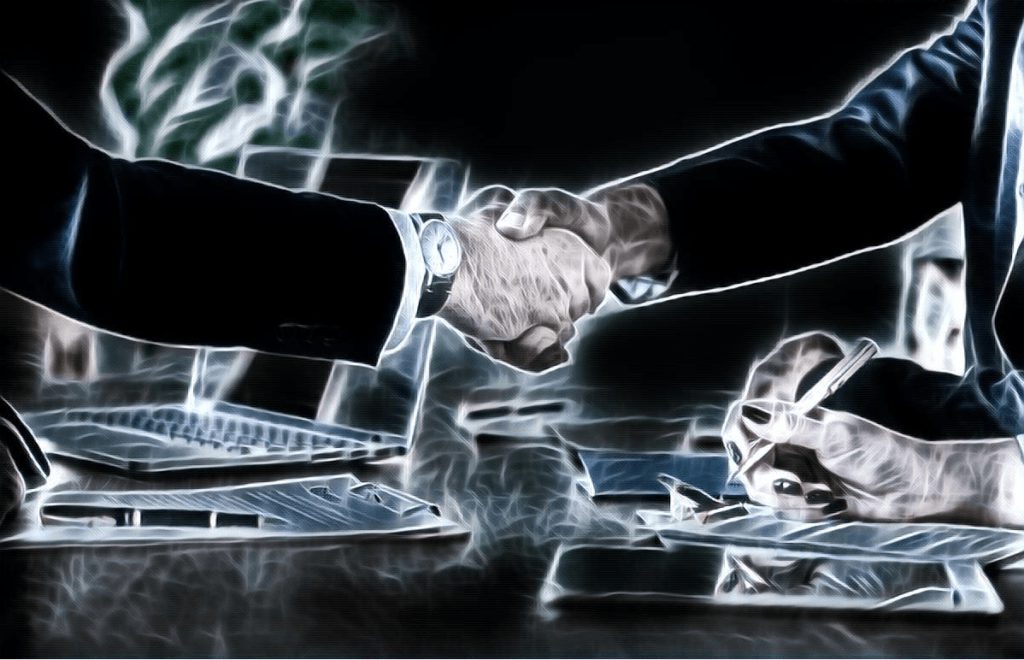Top 10 Tips For Avoiding Scams On The Decentralized Web
NFTs are the newest and best use of blockchain technology, and many decentralized web platforms have become the best place for NFT fans, collectors, and artists worldwide to meet and share their work. Because of this, we want to be more open and teach the community about security issues and best practices.
Let’s dive into the ten essential tips for avoiding scams in the decentralized web that can make your NFTs or crypto vanish in seconds.
Get support via official channels
Customer service isn’t always as fast as we’d like it to be (we’re working on it), but if you ask for help on social media where decentralized web platforms don’t offer official customer service, scammers may target you. We suggest that you only ask for help through official channels, and if you do ask questions of the wider community, you should always be careful.
Don’t tell anyone your secret phrase.
All the crypto experts out there may think it’s obvious, but you can never hear it enough. The secret recovery phrase for your wallet is something only you should know. Even people you trust shouldn’t know it. A decentralized web platform official will never ask you for your wallet’s secret recovery phrase.
Make sure you’re using the official wallet app or extension.
If you want to download a wallet extension for your browser, make sure to get the link from the provider’s website. Check the reviews and information about the developer before downloading an app to ensure you’re getting the right one, not a fake one. If you aren’t sure, there’s no harm in asking the provider for more information.
Don’t click on broken or unknown links.
Be careful when you’re looking at websites and talking to people on social media or any other decentralized web platform. Don’t click on ads, images, or links that people you don’t know send you.
Use a password manager, and never use the same password twice.
We’ve all done it, but using the same password for multiple accounts makes you more likely to have your account hacked. If you worry about getting lost in a web of special characters, a password generator or managers like 1Password or LastPass can help.
Two-factor authentication can be used (2FA)
Use apps like Google Authenticator and Authy to set up two-factor authentication, and avoid SMS two-factor authentication as much as possible because it can be hacked. You might also want to upgrade to a hardware-based two-factor authentication (2FA) device for added security. Some of the choices you have are Google Titan, Thesis, and Yubico.
Use a hardware crypto wallet.
Putting your money and NFTs in a hardware wallet adds another layer of security. People often choose Ledger or Trezor.
Use an “air-gapped” computer with your hardware device for extra security. A computer that has never been linked to the internet is called “air-gapped.” But like any other piece of hardware, you need to keep your wallet safe and not lose it.
Limit smart contract approvals
If you use MetaMask, be sure to check your spending limit often before you approve transactions. To do this, click “Edit with Permission” and change the maximum amount you can spend in each currency.
Pro Tip for anyone using Metamask to interact with smart contracts – don’t set unlimited spend limit when approving transactions. Always click Edit on Permission and customize the spend limit to the amount that you want to send. pic.twitter.com/xOVWg7vB0r
— Bobby Ong (@bobbyong) January 30, 2021
Don’t open emails from strangers or download files from them.
It’s best not to open emails, files, or QR codes from people you don’t know. Attachments in all formats, including PDFs, have been known to have viruses or other malware that can hurt your computer.
Also, read – Top 5 NFT Scams That Are Moving Fast And Tips To Avoid Them
If something seems too good to be true, it probably is.
There are bad people who want to take advantage of people who are new to NFTs. If someone gives you something that seems too good to be true, it’s probably not what it seems to be.
Before buying an NFT from a seller on a decentralized web platform, research the seller, the collection, the NFT, and the NFT’s history. Since transactions on the blockchain can’t be undone, it’s important to do your research. It can also be fun to learn about the story behind each NFT.
Stay informed with daily updates from Blockchain Magazine on Google News. Click here to follow us and mark as favorite: [Blockchain Magazine on Google News].
Get Blockchain Insights In Inbox
Stay ahead of the curve with expert analysis and market updates.
latest from tech
Disclaimer: Any post shared by a third-party agency are sponsored and Blockchain Magazine has no views on any such posts. The views and opinions expressed in this post are those of the clients and do not necessarily reflect the official policy or position of Blockchain Magazine. The information provided in this post is for informational purposes only and should not be considered as financial, investment, or professional advice. Blockchain Magazine does not endorse or promote any specific products, services, or companies mentioned in this posts. Readers are encouraged to conduct their own research and consult with a qualified professional before making any financial decisions. The featured image used is just a creative depiction of the title and it does not intend to hurt sentiments of any person or institution. If it hurts anyone sentiments, please do not hesitate to reach out to Blockchain Magazine.

 Bitcoin
Bitcoin  Ethereum
Ethereum  XRP
XRP  Tether
Tether  Solana
Solana  Dogecoin
Dogecoin  USDC
USDC  Cardano
Cardano  Lido Staked Ether
Lido Staked Ether  TRON
TRON  Chainlink
Chainlink  Avalanche
Avalanche  Sui
Sui  Wrapped stETH
Wrapped stETH  Wrapped Bitcoin
Wrapped Bitcoin  Stellar
Stellar  Toncoin
Toncoin  Hedera
Hedera  Shiba Inu
Shiba Inu  Polkadot
Polkadot  WETH
WETH  LEO Token
LEO Token  Bitcoin Cash
Bitcoin Cash  Litecoin
Litecoin  Hyperliquid
Hyperliquid  Bitget Token
Bitget Token  Official Trump
Official Trump  Uniswap
Uniswap  Pepe
Pepe  Wrapped eETH
Wrapped eETH  USDS
USDS  NEAR Protocol
NEAR Protocol  Ethena USDe
Ethena USDe  Aave
Aave  Aptos
Aptos  Internet Computer
Internet Computer  Ondo
Ondo  WhiteBIT Coin
WhiteBIT Coin  Ethereum Classic
Ethereum Classic  Cronos
Cronos  Monero
Monero  Mantle
Mantle  POL (ex-MATIC)
POL (ex-MATIC)  Render
Render  Dai
Dai  Algorand
Algorand  MANTRA
MANTRA  OKB
OKB 




